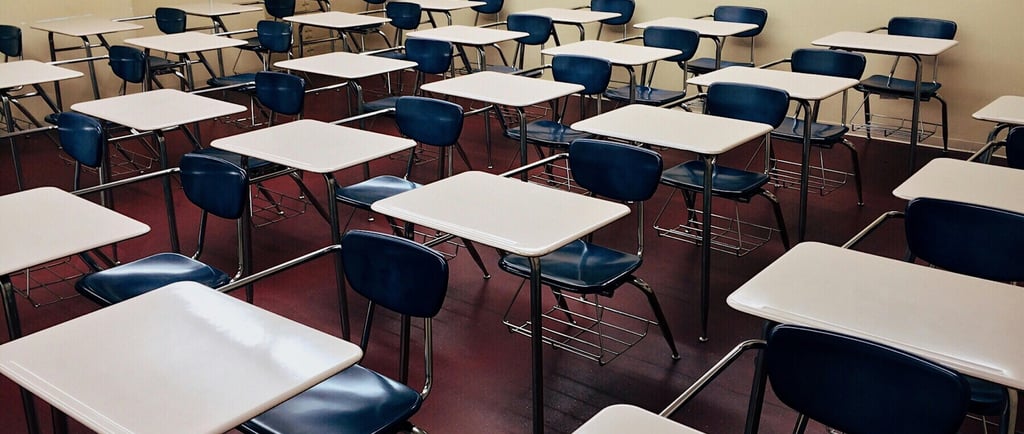How to Make Classroom Learning Easier and Better


Classroom learning plays a vital role in shaping the knowledge, skills, and overall development of students. However, for many learners, the traditional classroom experience can sometimes feel overwhelming, boring, or disconnected from real-life applications. To make learning in classrooms more effective and enjoyable, both teachers and students must work together to create a dynamic, supportive, and engaging environment. Here are some practical ways to improve classroom learning:
1.Use Interactive Teaching Methods
Interactive learning is more effective than one-way lectures. Teachers should incorporate activities such as group discussions, problem-solving sessions, debates, and hands-on experiments. These methods actively involve students in the learning process and help them retain information better. Use of technology—like smart boards, videos, and simulations—can also simplify complex concepts and make lessons more interesting.
2.Encourage Student Participation
An ideal classroom promotes open communication. Teachers should encourage students to ask questions, express opinions, and share ideas without fear of judgment. Creating a friendly and inclusive environment boosts students’ confidence and promotes deeper understanding through peer interaction.
3.Focus on Concept Clarity
Instead of rote memorisation, the emphasis should be on understanding concepts. Teachers should explain topics using real-life examples and connect lessons with everyday experiences. Regular quizzes, concept-check questions, and simple recap sessions at the end of each class can help solidify understanding.
4.Personalise the Learning Experience
Every student learns at their own pace and in their own style. Teachers can make learning easier by recognizing these differences and adjusting their teaching accordingly. This can include offering extra support to slower learners, providing enrichment activities to fast learners, or using visual, auditory, and kinesthetic tools to cater to different learning styles.
5.Use Feedback Effectively
Timely and constructive feedback helps students improve and stay motivated. Teachers should highlight strengths and point out areas that need improvement in a positive and supportive way. Students should also be encouraged to give feedback on teaching methods, allowing teachers to adjust their strategies as needed.
6.Make Learning Purposeful
When students understand the relevance of what they’re learning, they become more motivated. Teachers should regularly connect the curriculum to real-world problems, career goals, or personal development. For example, explaining how math is used in budgeting or how science applies to daily life can make subjects more relatable and engaging.
7.Create a Positive Learning Environment
A clean, well-organized, and emotionally safe classroom promotes better learning. Respect among students, positive teacher-student relationships, and a classroom culture that values learning can significantly improve focus and participation.
Conclusion
Improving classroom learning doesn’t require drastic changes—it’s about adopting small but meaningful strategies that make education more interactive, relevant, and student-friendly. By focusing on active participation, concept clarity, and a supportive environment, both teachers and students can work together to create a classroom where learning is not only easier but also a joyful and rewarding experience.
